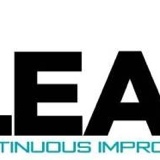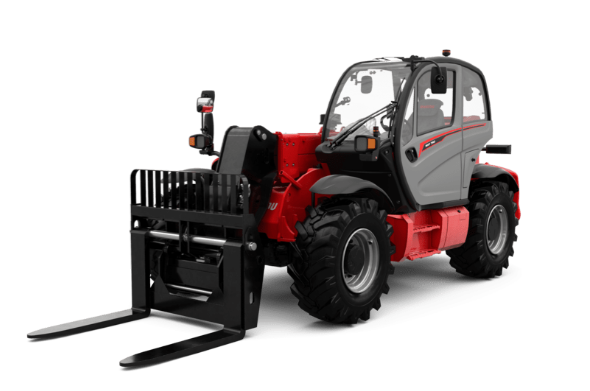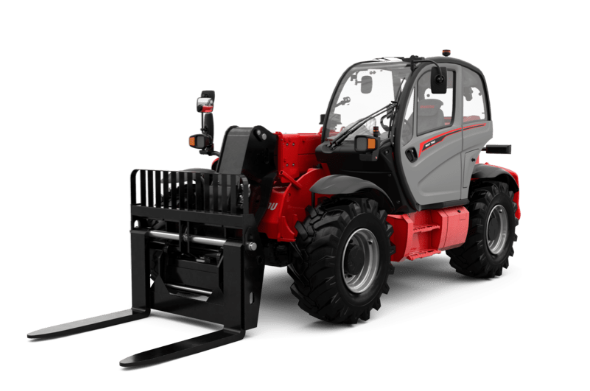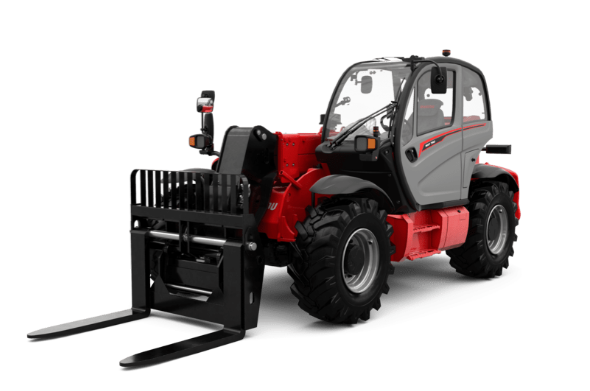Information
-
Document No.
-
Audit Title
-
Client / Site
-
Conducted on
-
Prepared by
-
Location
-
Personnel
-
Location of inspection
-
Date of inspection
-
Inspected by
General Conditions
-
1. Is the current year Occupational Safety and Health Act poster posted (all U.S. locations)?
-
2. Is the OSHA log (form 300) maintained (all U.S. locations)?
-
3. Are safety meetings held per company policy?
-
4. Are running, horse play and unsafe working habits prohibited?
-
5. Is the current safety material posted on neatly maintained boards?
-
6. Is the office entrance, and yard area tidy and clean?
-
7. Are aisles and dock edges marked and kept clear?
-
8. Are materials in process and finished products neatly stored?
-
9. Are rubbish containers provided and used (waste baskets in safe position)?
-
10. Is lighting and ventilation adequate for intended purposes?
-
11. Is overall condition of building and general maintenance good?
-
12. Are clean up procedures adequate?
-
13. Are all exits or exit routes conspicuously indicated and marked?
-
14. Are non exit doors or passageways so marked, e.g., basement, men's room, ect?
-
15. Are all exit facilities adequately lighted and clear of obstructions?
-
16. Do exit doors swing outward?
-
17. Are stairways we'll lighted with stair treads and handrails in good condition?
-
18. Are elevated platforms equipped with 42" railing, toe boards and mid rails?
-
19. Are all ladders marked in good condition (rungs, side rails, safety feet, protective coating, safety rope on extension ladders) and inspected monthly.
-
20. Is color-coding utilized for identification of hazards, location of safety equipment and special instruction for company policy?
-
21. Are metal ladders prohibited from use near electrical hazards?
-
22. Is good house keeping maintained (clean, dry and orderly rooms and work areas, unobstructed passageways, dry floors, free from tripping hazards, waste containers emptied daily.
-
23. Are safety instructions given to new employees?
-
24. Is the storm water available for review and current?
-
25. Shop floors are free of chemical and oil stains?
Machinery
-
26. Are mechanical guards in place on all grinders, saws, ect., and in good condition?
-
27. Are repairs or adjustments prohibited while operating machinery?
-
28. Do only authorized personnel operate equipment?
-
29. Are machinery areas clear of obstructions and provided with non slip surfaces?
-
30. Do equipment operators wear proper clothing?
-
31. Are all potentially hazardous areas provided with barriers to help eliminate and accident?
-
32. Is compressed air used for cleaning reduced to less than 30 psi?
-
33. Is stationary machinery securely anchored to prevent moving?
-
34. Are all fans less than 7 feet above the floor, protected by guards with openings no greater than 1/2 inch wide?
-
35. Are all light fixtures that are at 7 foot or lower covered by guards so if hit they will not shatter and hit employees?
-
36. Are shop power and hand tools in good condition and free of defects?
Electrical
-
37. Is high voltage equipment locked up and posted with warning signs?
-
38. Are all extension cords in good shape, grounding plug present, in good condition and free from all kinds of tape?
-
39. Is electrical wiring and equipment well supported and protected from mechanical injury?
-
40. Are all processes, which produce static electricity, grounded to eliminate discharge?
-
41. Are all covers in place on electrical switches and outlet boxes?
-
42. Is fixed electrical equipment grounded?
-
43. Are master electrical control boxes labeled with voltage. Are all inside switches labeled to show equipment they operate to enable quick shut down in case of emergency?
-
44. Is access to master switch control panels kept clear and unobstructed?
-
45. Are all overhead wires located at least 6 feet away from any operating equipment?
-
46. Is all equipment in damp or dusty locations of approved type?
-
47. Extension cords do not hang from metal structures; pipe, nails, hooks, ladders or scaffolds?
-
48. No extension cords pass through walls, ceilings, doors, or windows?
-
49. Extension cords are not subject to vehicular and/or equipment traffic?
Fire Protection and flammable materials
-
50. Are oxygen and acetylene tanks properly stored and chained?
-
51. Are extinguishers marked for class of use and conspicuously located? Are they easily accessible?
-
52. Are extinguishers checked on annual basis, recharged or replaced as necessary and tagged accordingly?
-
53. Are CO2 or dry chemical extinguishers readily available near all welding, painting, oily cleanup or repair and electrical control operations?
-
54. Are stored items protected against contact heating elements and machinery?
-
55. Are "No Smoking" signs displayed and enforced in designated areas?
-
56. Are hose locations conspicuously located and identified?
-
57. Are solvents with flash points lower than 100 degrees prohibited from use?
-
58. Are flammables stored in approved flammable storage cabinets?
-
59. Are large containers of flammable materials stored in separate locations and is only the amount needed brought into the shop in safety containers?
-
60. Are solvent containers (wash vats) held to a minimum and not used within 25 feet of any open flame?
-
61. Are all soiled rags stored in metal containers having gravity type automatic closing covers?
-
62. Is exhaust provided for solvent vapors?
-
63. Are compressed gas cylinders stored 20ft away from heat sources? (Oxygen and acetylene stored separate by 20ft or by a 5ft high, 1/2 hour rated firewall).
-
64. Are fire escapes and exit paths clear and accessible? Are exits adequate, well located, marked and clean?
-
65. Do concrete/steel posts protect fuel tank and pumps from motor vehicles?
-
66. Is oily waste removed from facility daily?
-
67. Is all motor vehicle refueling done outside of building?
-
68. Do qualified maintenance personnel check all heaters yearly?
-
69. Are attic and platform storage areas clean and free of trash?
-
70. Is a static discharge wire used when transferring flammable liquids from one container to another?
-
71. Are all propane cylinders secured and stored?
-
72. No combustibles materials are stored on top of oxygen and acetylene tanks?
Material handling and storage
-
73. Are conveniently placed racks and bins provided for small parts?
-
74. Are stored materials securely stacked, interlocked, blocked and limited in height to safeguard against collapse?
-
75. Are floor loading practices on upper floors satisfactory?
-
76. Is adequate clearance provided for material handling equipment and are clearance signs provided?
-
77. Do lift trucks have rollover protection, canopy guard, horn, back up alarm and back up lights?
-
78. Are hand and powered trucks in good conditions?
-
79. Are acid, caustic chemicals handled properly and protected clothing worn where required?
-
80. Are all explosive stored in approved magazines and locked by approved method?
-
81. Are all primer caps kept in separate from explosive magazines?
-
82. Are all radioactive materials stored and handled according to company, local, state and federal regulations?
-
83. Do employees utilize proper lifting methods?
-
84. Is riding forklift truck prohibited without properly designed platform?
-
85. Are all compressed gas cylinders visually inspected to determine that they are in a safe condition?
-
86. Are storage areas kept free from accumulation of materials that create hazards from tripping, fire, explosion or pest harborage?
-
87. Are all forklift, crane and mobile equipment (I.E., front end loader, paddle scraper) operators properly trained? (Records on file)
First Aid
-
88. Is first aid given promptly by a trained first aider for all minor injuries?
-
89. Is a trained first aider available? (This is mandatory)
-
90. Are addresses and phone numbers of company doctors, ambulance services, fire and police departments posted near phones?<br>
-
91. CPR kits and Barriers available?
-
92. Does this location have a practical first aid manual on hand?
-
93. Are special medical examiners current (I.E., DOT and H2S, physicals and other examinations that may be designated)?
-
94. Are first aid kits available and supplies properly maintained?
-
95. Blood Bourne kits available?
Safety equipment
-
96. Is personnel protective equipment maintained in a sanitary and reliable condition?
-
97. Is face and eye protection used where there is a reasonable probability of injury (threading pipe, cutting wire, grinding, welding and burning)?
-
98. Is head protection used where there is danger of injury from impact, falling objects or electrical shock?
-
99. Is foot protection used where is a probability of injury?
-
100. Is respirator protection used where there is a danger from dust, fog fumes, smoke, vapors, ect?
-
101. Is respiratory protection equipment properly cleaned after each use and properly stored?
Outside environmental audit
-
102. Loading and unloading areas clean?
-
103. Materials and stored equipment covered?
-
104. Drum storage area under cover?
-
105. All drums have covers for all holes?
-
106. Are empty drums disposed of in a timely manner?
-
107. Empty drums are stored on their sides so no rain can collect in them?
-
108. Any evidence of erosion or sedimentation?
-
109. Surface areas clear of potential pollutants and oil stains?
-
110. Vehicles or equipment adequately maintained?
-
111. Spill kits on site, stocked and ready for use?
-
112. Garbage dumpster covered?
-
113. Metal dumpster free of metal, guns, parts, that have oil or chemical residue?
-
114. If wash Bay Area outside, is it free of debris and garbage?
-
115. Radiation storage area secured?
-
116. Explosive storage area secured?
Addition comments section
-
Addition comments




















